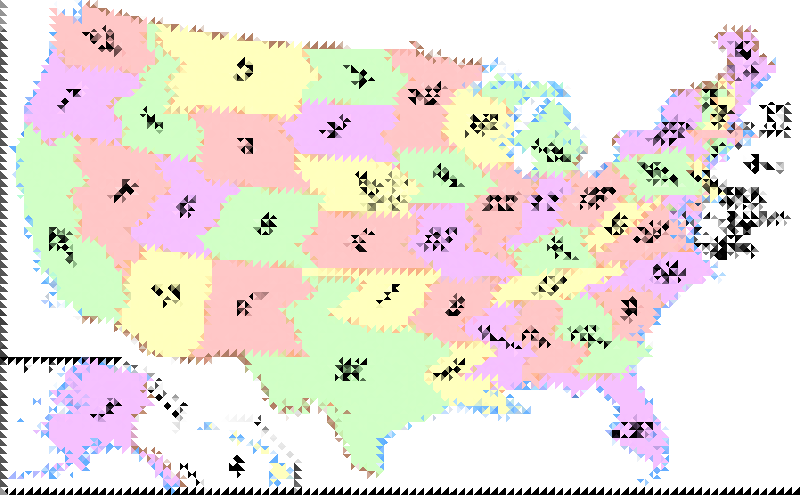Staff image
The run-up to the 2020 election has brought the very idea of the Electoral College into question – what is it, why do we use it and why are people questioning it now? The answers are rooted in discrepancies between the popular vote and how the Electoral College forms results.
The Electoral College, explained: History and controversy
With the coronavirus pandemic causing a huge shift of the electorate to vote-by-mail, 2020 has become arguably one of the most controversial election years. The Electoral College is a vital part of the election process, but it has become more difficult to understand since there’s been two recent elections (2000 and 2016) in the past 20 years, where the winner didn’t win the popular vote.
The basis of the Electoral College is to leave the decision for the presidency up to a group of educated electors. It was created during the early years of the United States as an alternative way to decide the election rather than the popular vote or a decision by Congress. There are a total of 538 electoral votes in the country based on each state’s number of senators and members of Congress, along with three electoral votes for Washington D.C. In order for a candidate to win, they have to win more than half of the electoral votes, which is 270.
American Government and Politics teacher Beth Vaknin said that the current state of the Electoral College leads to a limited number of states deciding the fate of the election.
“These days, the only states that matter are the swing states,” Vaknin said. “Those states choose for the rest of us and we are held hostage to their whims.”
Swing states (otherwise known as battleground states) are states that, due to their population and how districts are drawn, are very close to balanced or split evenly between presidential candidates. Unlike other states that have a very strong ideological foundation (a “deep blue” state like California or a “deep red” state like Louisiana), these states are “purple” and can (and have) cast Electoral College votes for both Republicans and Democrats in past elections by a very small “swing” in votes. Many of these states have large amounts of electoral votes, which is why candidates typically spend most of their time and campaign funding in these states. In the past several elections, it has come down to a small group of swing states that ultimately decides the election.
The debate between the popular vote and electoral college vote is based on the fact that President Trump lost the popular vote to Hillary Clinton in 2016, but won the presidency due to amassing the 270 Electoral College votes needed to win the election. That’s the second time that has happened in 20 years as in 2000, Republican President George W. Bush also won the election despite losing the popular vote. The way that the framers of the Constitution laid out the Electoral College means that the election does not depend on the popular vote. However, people believe that the popular vote should matter more.
“As a result, we have a president who a majority of Americans did not vote for which leads to questions of legitimacy,” Vaknin said. “This is a difficult position for the country to be in and creates unrest.”
